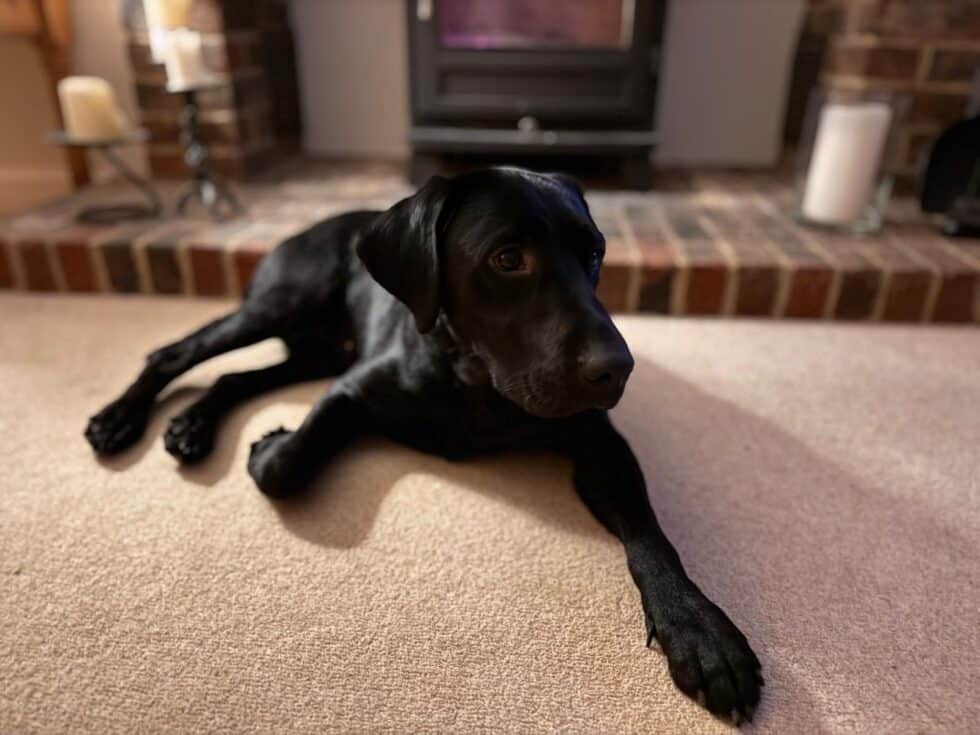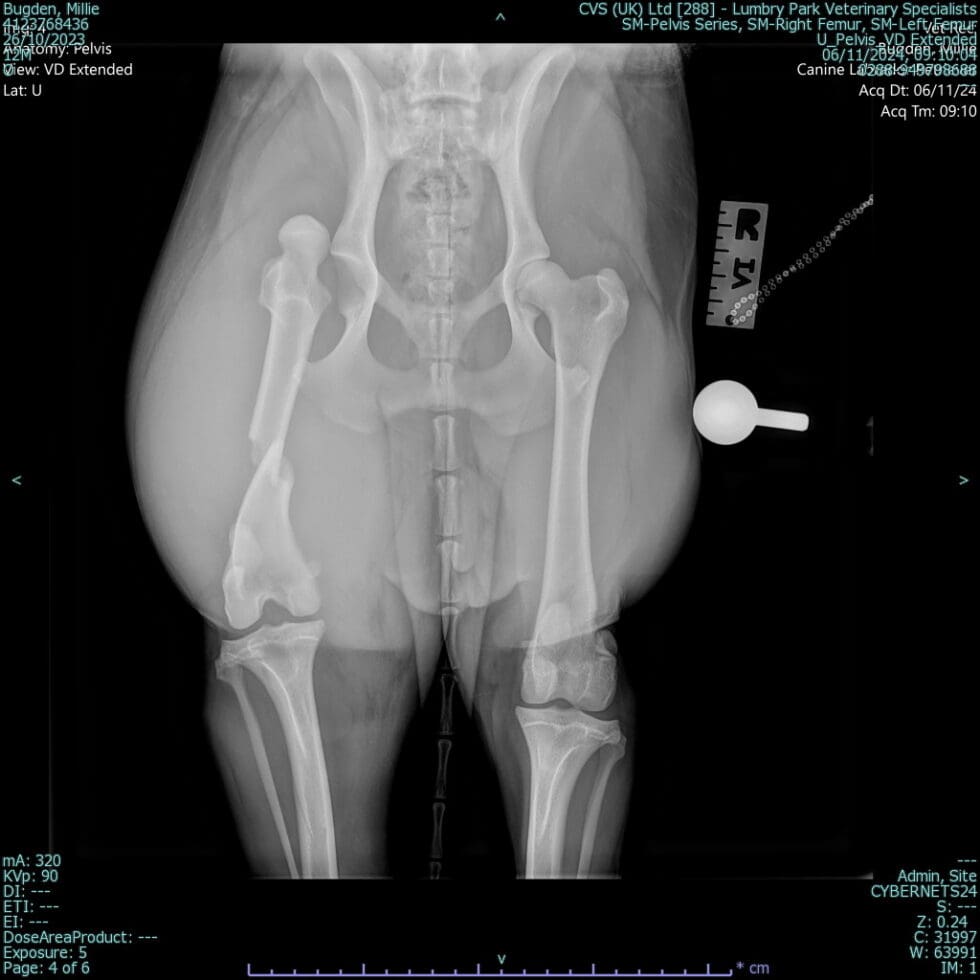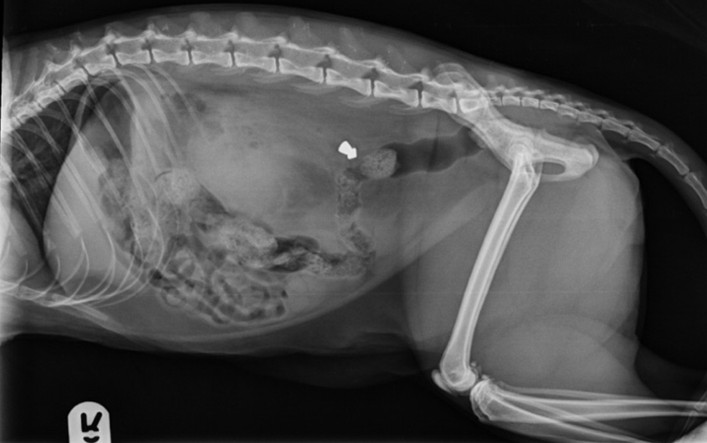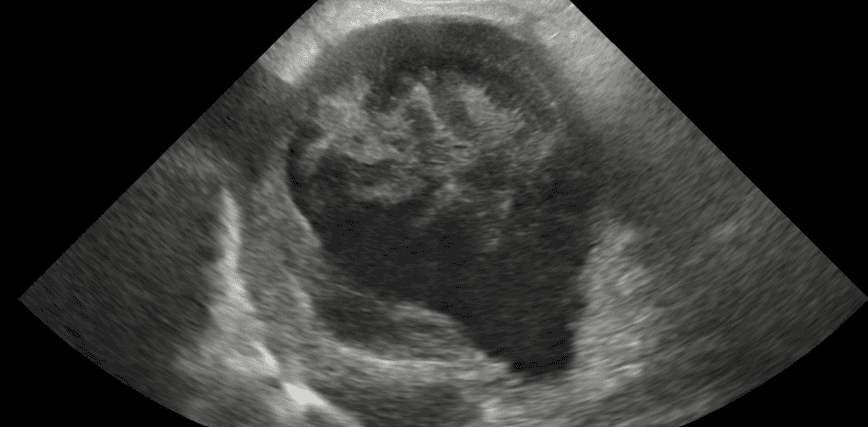Case Summary:
Young adult dogs are full of energy and excitement but can get scared of noises or sounds that are unknown to them. When they get scared, then can easily get loose or run away from their families in a random direction towards the source of noise such as a road. Young dogs sustaining road traffic accidents, usually have high-speed traumas, and commonly suffer lung or chest trauma and limb fractures.
There is no real treatment for conditions such as lung contusion, but the administration of oxygen, is essential to oxygenate all body tissues and increase the chances of survival. Diaphragmatic rupture is a surgical condition, and the prognosis is guarded if left untreated as the herniation of abdominal organs into the chest decreases the amount of space the lungs have to expand and ventilate. Also, because the abdominal organs can get trapped and damaged in their incorrect position, which would lead to that organ dysfunction. It is very important to perform the surgical repair in a timely manner, allowing enough time to ensure the patient is stable enough to undergo a general anaesthetic, but not to leave it for too long to prevent deterioration of lungs or abdominal organs.
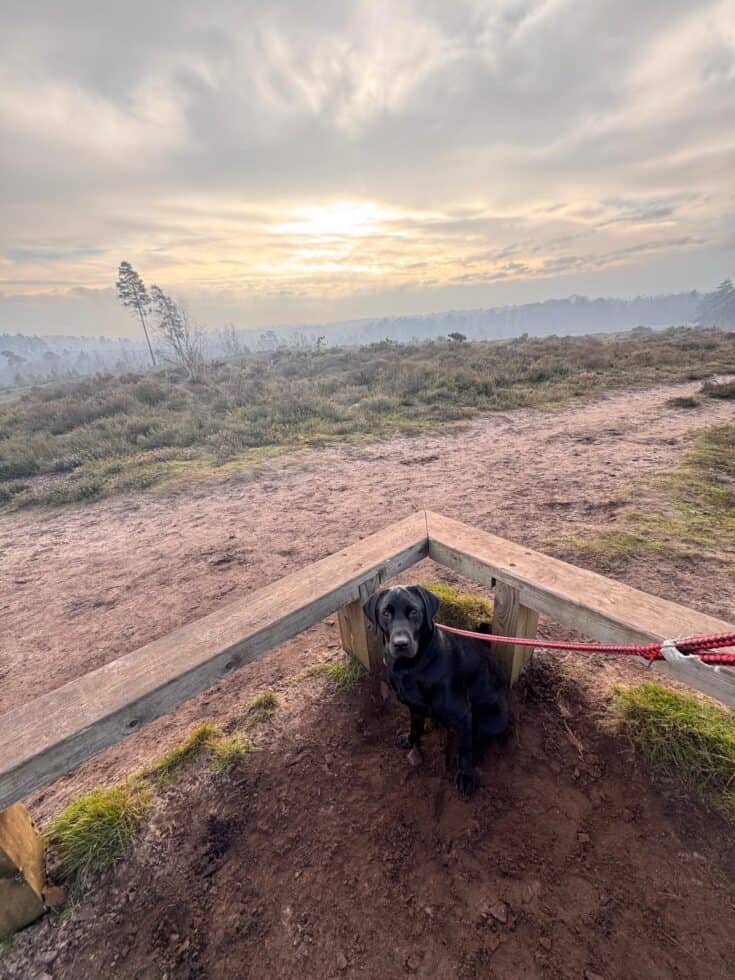
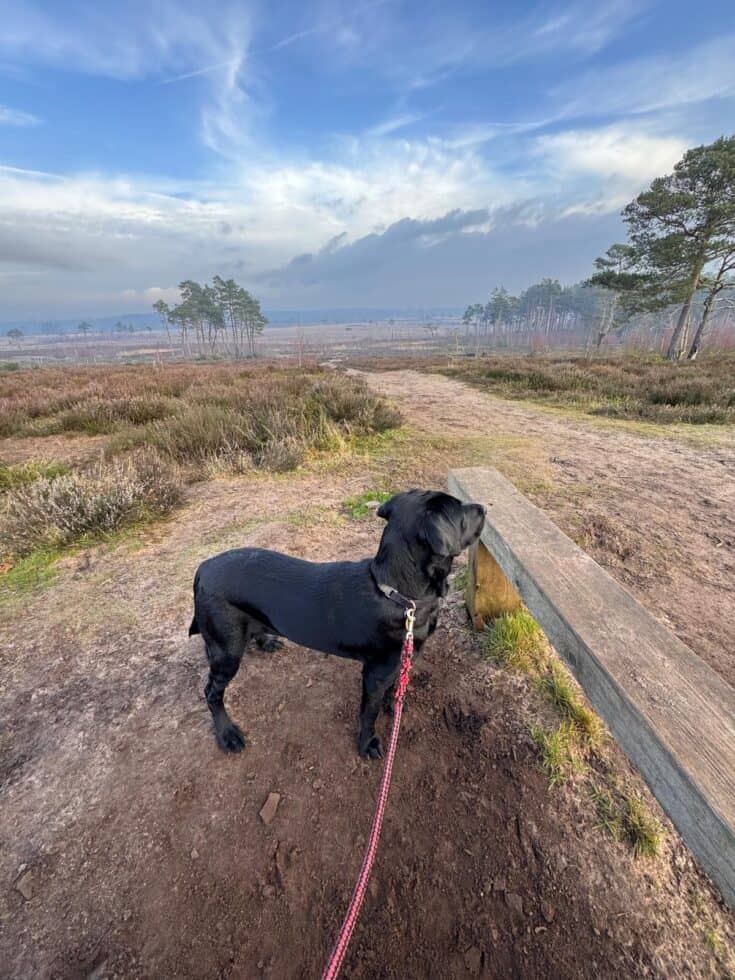
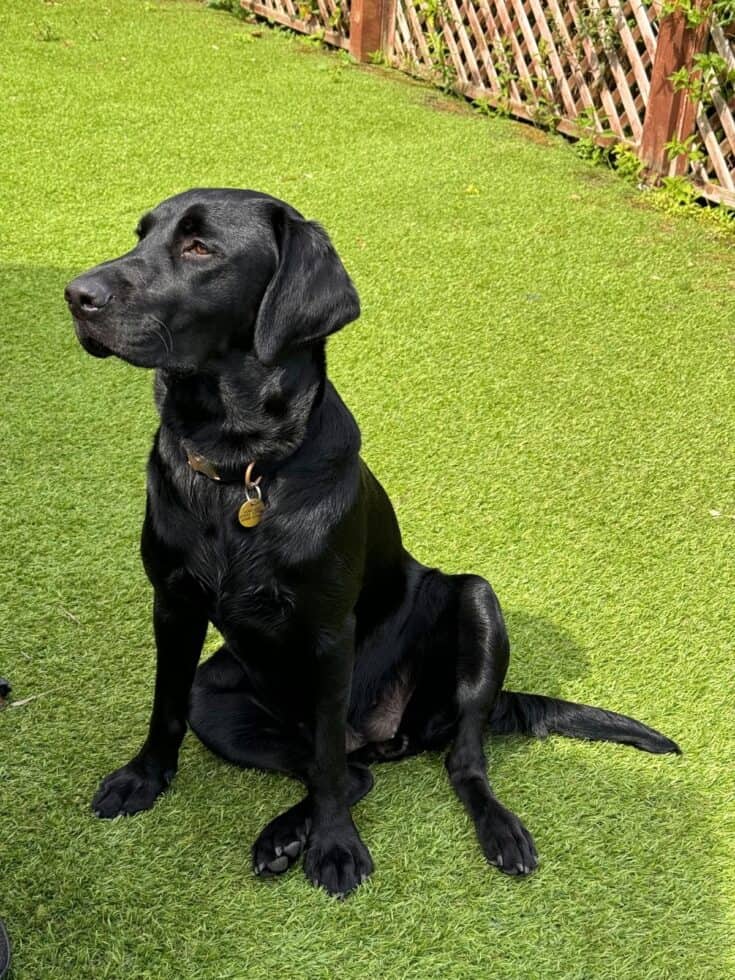
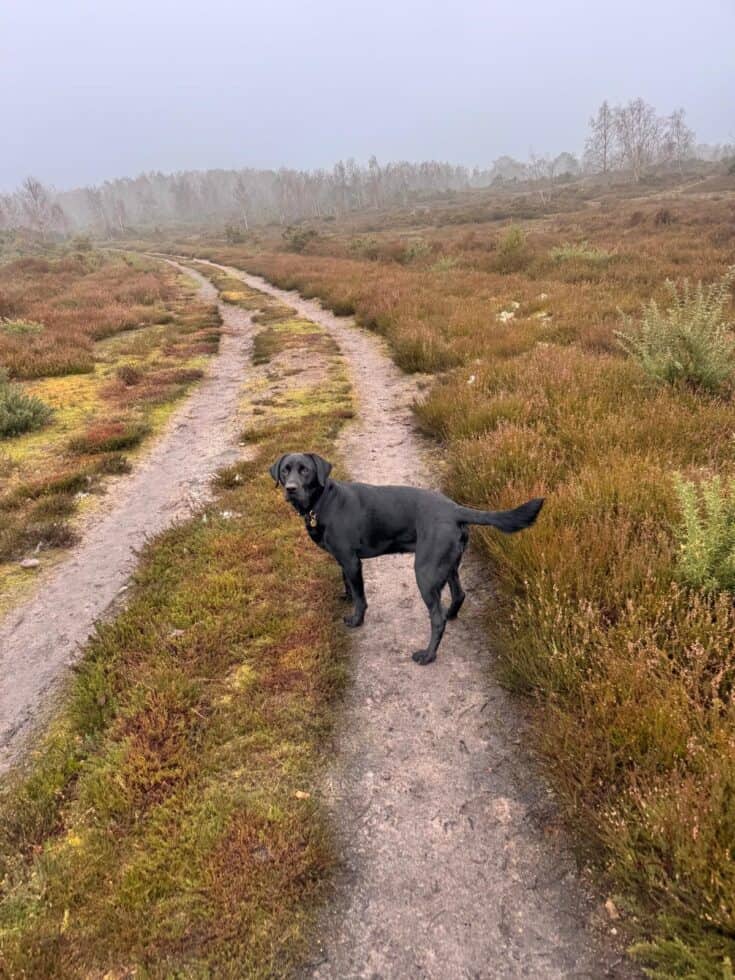
Femoral fractures are also surgical conditions as conservative management would most likely result in non-union (lack of bone healing) or malunion (bone healing in a wrong position). When a femoral fracture is too complex or finances are prohibited, then a pelvic limb amputation would be recommended.
The survival rate of dogs with diaphragmatic rupture undergoing surgical repair is 82-89%, needing few days of hospitalisation with a chest drain in place. The number of injured body systems has been reported to be associated with the risk of death. Most dogs suffering road traffic accidents that arrive alive into a hospital survive to discharge (83%).
The prognosis of femoral fractures with appropriate surgical treatment and strict postoperative rest is from good to excellent.
Patient and Issue summary:
Millie is a young Labrador retriever who presented to us after suffering a road traffic accident, which occurred after she got scared with the noise of cars.
She arrived to us in shock and in a very poorly condition, and we were not confident that she would survive the first night. She had tachycardia, respiratory effort and she was in severe pain. She had suffered lung contusions, a femoral fracture and hip luxation on the same limb as the fracture, and multiple skin wounds. Millie also had suffered a diaphragmatic hernia. She was stabilised over a period of 48-72 hours before she was considered stable enough to undergo a general anaesthetic.
The Critical Care Team was key on the primary treatment of Millie. For her stabilisation, she received fluid therapy, oxygen therapy and supportive medications such as pain relief drugs, vasopressors, and anti-sickness medications. This intensive care had excellent results and allowed Millie to undergo further diagnostics and treatments on the following days.
Millie underwent diaphragmatic hernia repair by the Soft Tissue Surgery team 3 days after the accident, which consisted on repairing the torn diaphragmatic muscle after repositioning into the abdomen all the organs that had moved into the thoracic cavity (part of the liver, stomach, intestines and spleen), by means of an open abdomen surgery. During thoracic surgery, a patient needs mechanical ventilation, and this require an expert Anaesthesia team.
Three days after the diaphragmatic hernia repair, Millie was able to undergo her femoral fracture repair with the Orthopaedic team. Millie’s fracture was stabilised orthogonal plating using locking plates. The hip luxation was repositioned at the same time of the femoral fracture repair, and the stabilisation was performed with a hip toggle.
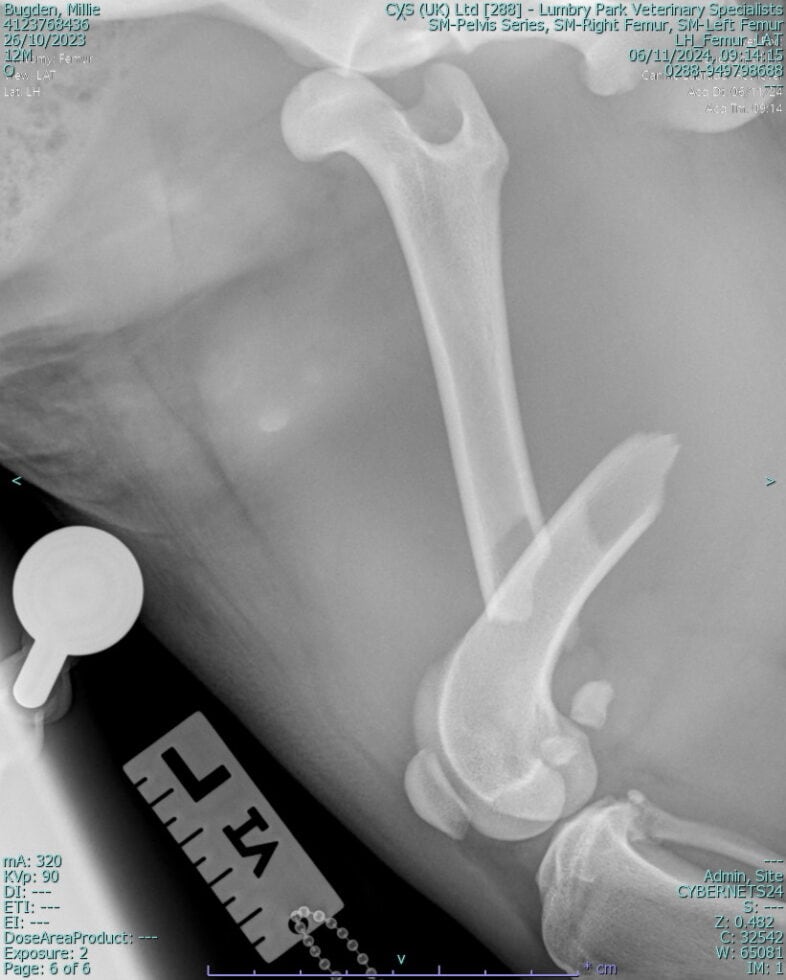
Outcome and recovery:
Millie recovered exceptionally from her accident and subsequent surgeries. She was discharged home two days after her fracture repair surgery. She came for recheck assessment 8 weeks after surgery, and she was doing clinically well, with good progression of her femoral fracture and hip luxation.
Seeing young dogs arriving in such poor condition after suffering a road traffic accident is very stressful and heartbreaking, as well as seeing their families suffer with the doubt of whether their loved pets would be alright and be able to return safely home. It was extremely rewarding to see how day by day Millie improved in her condition. She is an excellent example of the team work at Lumbry Park Veterinary Specialists, as she was looked after by the Critical Care, Anaesthesia and Surgery teams, as well as all the nursing team in wards and theatre, with each one of us playing their respective roles with speciality expertise.
Owner: “She is recovering amazingly well and continues to go from strength to strength. We are extremely grateful for the care extended to Millie and us during her time at Lumbry Park.”